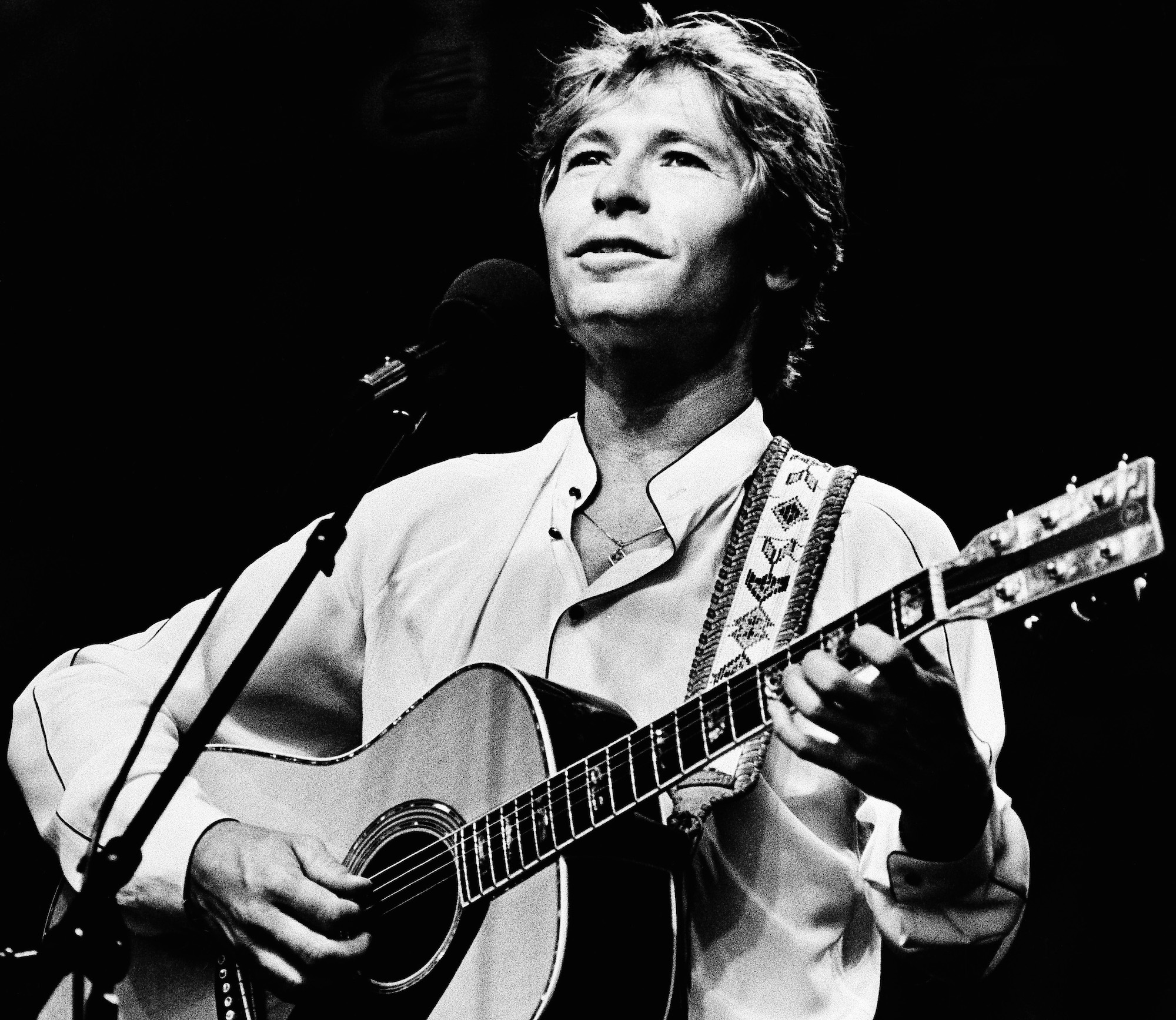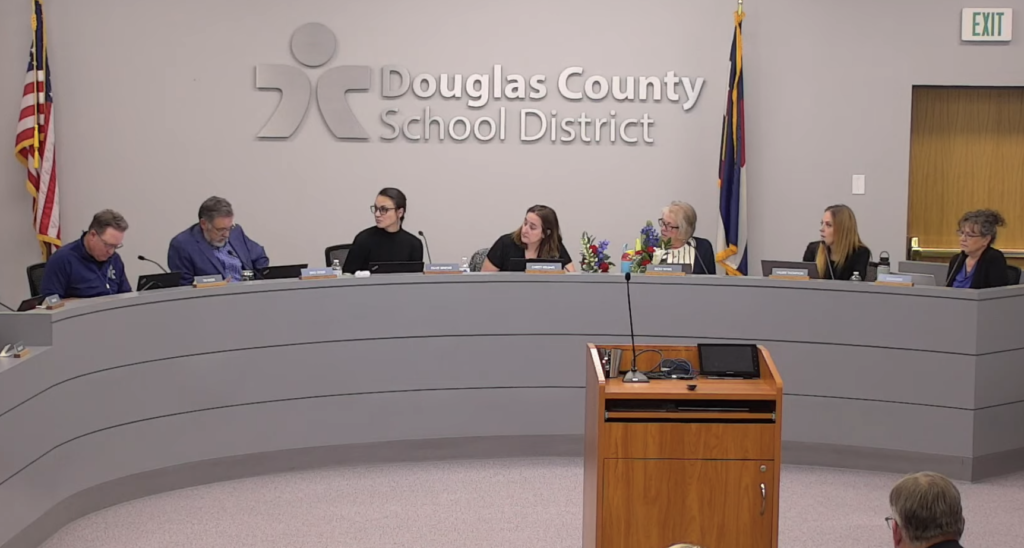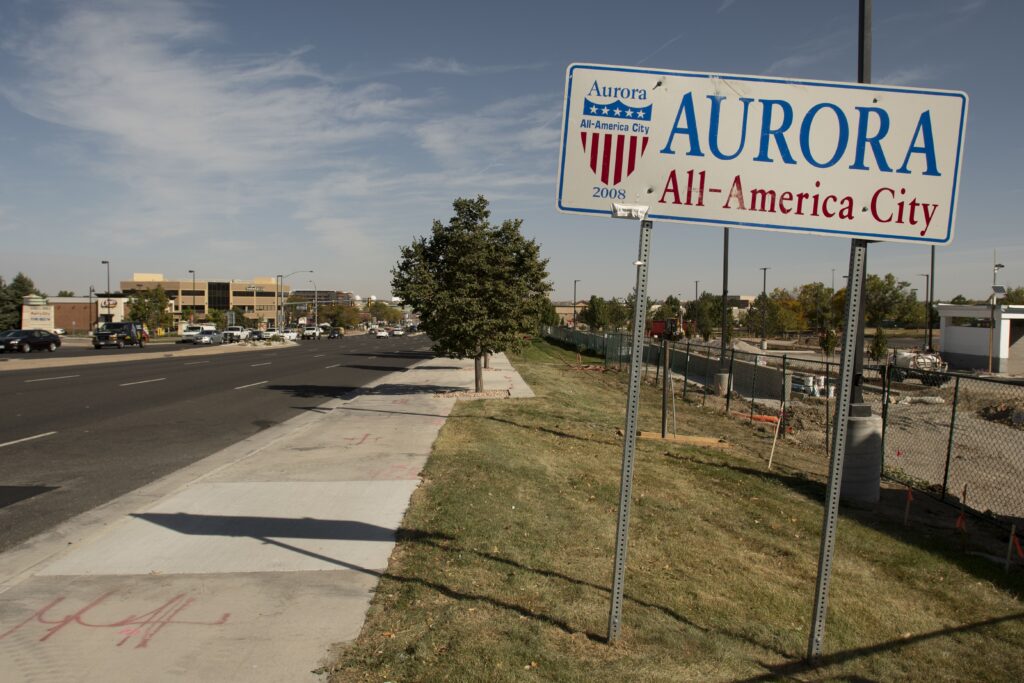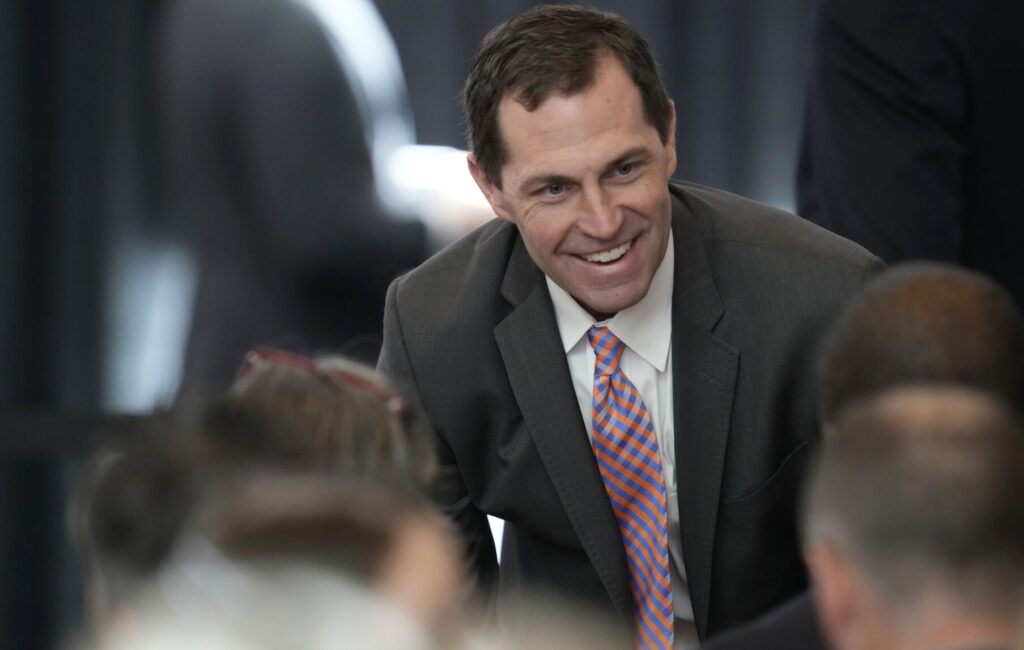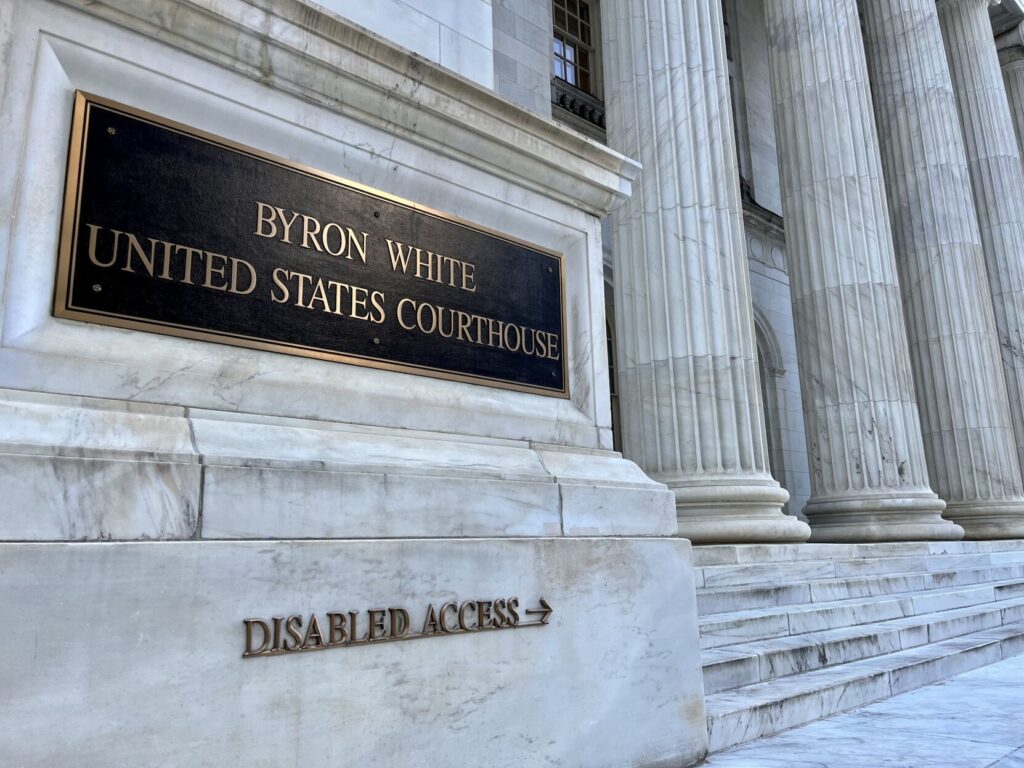TRAIL MIX | Remembering Colorado’s other official state song as ‘Rocky Mountain High’ turns 50

Fifty years ago last week, John Denver’s breakthrough album Rocky Mountain High was released, and Colorado would never be the same.
It’s possible that the 1972 album’s title song, Denver’s second Top 10 hit – following “Take Me Home, Country Roads,” a year earlier – had as much to do as anything with shaping the state’s transition from a sleepy flyover state to the bustling capital of the Rockies.
The campfire anthem – was there ever a better song to let loose and test your vocal range with friends around a campfire than the iconic song, which even includes a refrain describing that very setting? – established the singer-songwriter from Aspen as the popular troubadour of the budding environmental movement and heralded the state’s natural wonders to the rest of the world.
Ten years after Denver’s death in a 1997 plane crash, the Colorado legislature made “Rocky Mountain High” the state’s second official song, along with “Where the Columbines Grow,” a decidedly less catchy tune about the state’s flora and fauna composed in 1911 by A.J. Flynn, describing his memories of the San Luis Valley.
Denver said the song was inspired by the sight of a sky full of shooting stars on a moonless August night during the Perseid Meteor Shower when he was camping with his wife, Annie, and a group of friends at Williams Lake, west of Aspen, where he’d moved three years earlier.
Denver wrote in his autobiography about the moment the inspiration for the song hit, right as he returned to shore after singing on a raft in the middle of the lake with his guitar.
“I looked over there and could see the shadow from the starlight,” Denver wrote, invoking a signature line from the song.
“There was so much light from the stars in the sky that there was a noticeable difference between the clearing and everywhere else. The shadow of the starlight blew me away,” he wrote.
Later that night, Denver and the others were drawn from their tents by a bright meteor that flew across the sky.
“And from all over the campground came the awed responses ‘Do you see that?'” he wrote. “It got bigger and bigger until the tail stretched out all the way across the sky and burned itself out. Everybody was awake, and it was raining fire in the sky.”
Denver said the song took months to come together, not gelling until guitarist Mike Taylor, who shares songwriting credits on the tune, came up with its distinctive guitar lick – but once it clicked, Denver had the song – and the phrase – that would define him and his adopted state.
Propelled by the song’s and the album’s popularity, Denver’s fame exploded, and within a couple years – following the 1973 release of John Denver’s Greatest Hits, which topped the Billboard charts and was one of the first albums to sell more than 10 million copies – Denver was arguably the most popular entertainer in the country for a stretch in the mid-1970s. It seemed he was everywhere for a while, not only on the radio but headlining a seemingly endless series of TV specials, collaborating with everyone from Olivia Newton John and Frank Sinatra to George Burns and Kermit the Frog.
On Sept. 16, the John Denver Estate issued a limited-edition pressing of Rocky Mountain High on blue vinyl through Windstar Records, part of a year-long celebration commemorating the anniversary of the album’s release by RCA on Sept. 15, 1972. Earlier this month, the Colorado Symphony Orchestra featured songs from the album and some of Denver’s other hits in a tribute that included video clips of the singer and performances and remembrances from musicians who once played in his band.
The song’s title has also always held a double meaning – made explicit by a Colorado-based marijuana dispensary’s adoption of the phrase as its name after voters legalized recreational marijuana a decade ago – but Denver was adamant that the “high” he described had nothing to do with drugs but was all about the rapturous experience of a perfect Colorado night.
Testifying in 1985 in opposition to a proposal by the Parents Music Resource Center to label albums with sexual, violent or drug-related content, Denver told a Senate committee that radio stations that banned his song got it wrong.
“As an artist, I am opposed to any kind of a rating system, voluntarily or otherwise,” Denver testified. “My song ‘Rocky Mountain High’ was banned from many radio stations as a drug-related song. This was obviously done by people who had never seen or been to the Rocky Mountains.
“People who had never experienced the elation, celebration of life or the joy in living that one feels when he observes something as wondrous as the Perseid meteor shower on a moonless, cloudless night, when there are so many stars that you have a shadow from the starlight, and you are out camping with your friends, your best friends, and introducing them to one of nature’s most spectacular light shows for the first time.”
The supposition that the song is an ode to a different kind of high arose when state lawmakers debated whether to add it the list of official state emblems, joining the state animal (bighorn sheep) and state bird (lark bunting).
There had been multiple efforts to dislodge Flynn’s “Where the Columbines Grow” from its position – the song, adopted as the state song in 1915, didn’t even mention “Colorado” at first, though Flynn later added a verse that named the state in response to much grousing – but it wasn’t until 2007 that Denver’s song, long considered the state’s unofficial anthem, got its due alongside the relatively obscure tune.
Flynn’s song includes passages lamenting the taming of Colorado – “The bison is gone from the upland, the deer from the canyon has fled” – but ends on a triumphant note that might ring differently more than 100 years later: “In its fair Western home, may the columbine bloom, till our great mountain rivers run dry.”
Spearheaded by Aurora lawmaker Bob Hagedorn, the adoption of “Rocky Mountain High” as a second state song came after a handful of attempts to replace Flynn’s song, including multiple classes of fourth graders who lobbied for “Colorado” (“If I had a wagon, I would go to Colorado”), a 1969 song written by David Allen and Paul Colwell popularized by the Up With People singing group. For one month in 1978, Gov. Dick Lamm temporarily designated another song titled “Colorado,” a Dave Kirby composition first recorded by Merle Haggard (“There’s a place … where Mother Nature’s got it all together”), as the official state song to mark Country Music Month at the request of a local disc jockey.
Despite objections – and an unsuccessful amendment to make clear that the song “in no way reflects or encourages” drug use – the resolution passed the state House 50-11 and the state Senate, 26-8, adding the song to a pantheon that includes an official state amphibian (the western tiger salamander), an official state fossil (stegosaurus) and the official state domestic pets (dogs and cats).
Earlier this summer, Gov. Jared Polis renamed a trail northwest of Golden at Golden Gate Canyon State Park “Rocky Mountain High Trail” to mark the song’s anniversary.
“Here in Colorado, we’ve always known that our majestic mountains, our bright blue skies, our starlit nights, and our forest and streams were the stuff of legends – but John Denver made them the stuff of song lyrics, too,” Polis said. “And not just any lyrics, but world-famous lyrics that span genres and generations.”
Polis recalled that the first concert he saw was John Denver at Red Rocks in 1980, when the future governor, then 5, said he “danced in the aisles, and our family continues dancing to this day to John Denver’s incredible music.”
